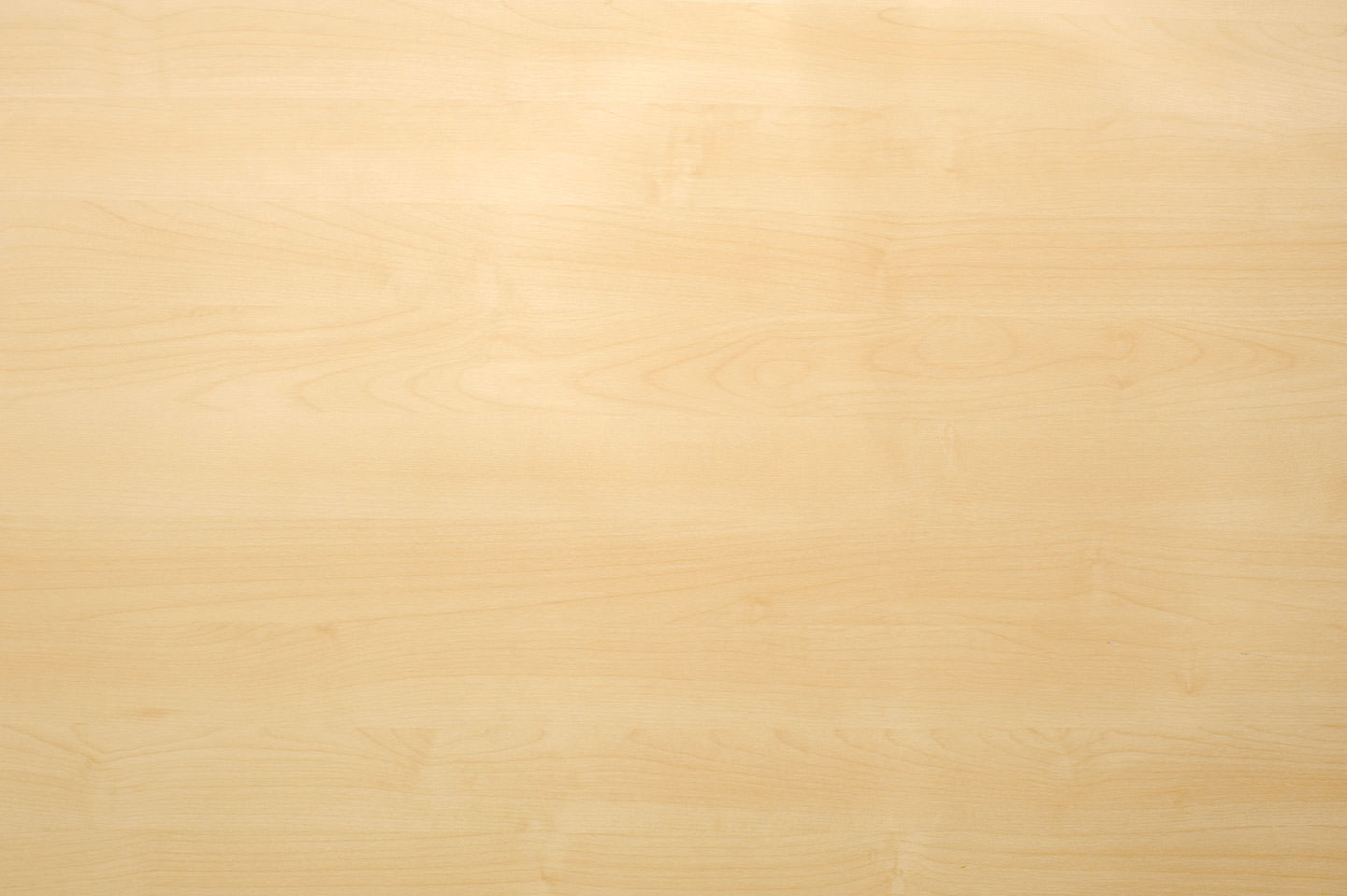

February - March 2018
28
Find Us On Facebook at Boating On The Hudson
Only a few paintings by the artists are included in the Bard
exhibition, among them a view by Church from his home; a
Cole vista of Mount Merino across the river from his home; an
Inness painting of the Hudson at Milton, and a Cropsey view
of the Hudson.
The famous paintings of the Hudson River School are on
display at museums all over New York State -including the
Metropolitan Museum of Art, the New York Public Library and
the New-York Historical Society in Manhattan; the Brooklyn
Museum; the Munson-Williams-Proctor Institute in Utica, and
many others.
But the joint exhibition at Vassar and Bard and a visit to some
of the artists’ homes, not far north of New York City, make a
pleasant outing. The Bard museum is open from noon to 5 P.M.
Wednesday through Sunday. Admission is free; the number for
information is (914) 758-6822, extension 178. To get there,
take the Taconic State Parkway north, Route 199 through the
village of Red Hook, and Route 9G north a short distance.
The Vassar gallery is open Wednesday through Sunday,
11:30 A.M. to 8 P.M.Admission is free. Information: (914) 471-
6844. To get there, take the Taconic State Parkway north and
Route 55 west, turning left on Raymond Avenue to a blinking
light at the college entrance.
In addition, four of the ‘’charmed places’’ - the homes of
Church, Morse, Cropsey and Cole - are now small museums,
open to the public. Some of the other homes of Hudson
River painters have become private residences; several
were destroyed by fire, and others have been extensively
remodeled. Church’s Olana
The most spectacular home of them all is a 37-room Persian-
looking castle that sits on a hill overlooking the Rip Van Winkle
Bridge, a few miles south of the city of Hudson. It was built
between 1870 and 1874 for Church (1826-1900) and his wife
and was called Olana, a word coined by Mrs. Church to mean
‘’our place on high.’’
The best way to approach Olana is to get off the Gov.
Thomas E. Dewey Thruway at Exit 21 in Catskill and take
Route 23 east across the Hudson River. As you cross the Rip
Van Winkle Bridge, cast your eyes up: directly in front of you
is the splendid structure, its pyramidic towers jutting into the
sky above the trees, looking like the setting for a tale from the
Arabian Nights.
Vaux was the architect, although Church himself designed
many of the interiors. The building has a studio wing, but
Church did little painting there; he worked in a studio on the
grounds, and at his Park Avenue town house in New York. He
lived at Olana with his wife and four children, assisted by 15
servants, until his death.
A few of Church’s paintings are on view in the house,
which is furnished in a melange of styles - American-made
furniture, Persian rugs, Mexican pottery, Waterford crystal,
Canton chinaware, and paintings by a variety of American and
European artists.
Now a state historic site, Olana is open Wednesday through
Saturday from 10 A.M. to 4 P.M., and on Sunday from 1 to 4 P.M.
Reservations are suggested. Information and reservations:
(518) 828-0135. Admission is $1. Locust Grove
Samuel F. B. Morse, a painter who is better known as an
inventor (1791-1872), moved into the Hudson Valley in 1847,
three years after he invented the telegraph. With the help of
Andrew Jackson Downing, he remodeled his home into a
Tuscan villa, with a four-story tower facing the river.
Today, it is a museum called Locust Grove, an oasis of
serenity at the beginning of a strip of shopping centers two
miles south of Poughkeepsie on Route 9.
Although the house contains a replica of the telegraph and
an English landscape attributed to Morse, it reflects more
the collecting mania of the Young family, which owned it
after Morse’s death. Its 24 rooms are crowded with antique
furniture, old paintings and some Morse memorabilia.
Just outside the front door is a plaque put up in 1968 by
the New York chapter of the Morse Telegraph Club. It reads:
‘’Samuel F. B. Morse, Father of the Telegraph, Built This
House Locust Grove. It was his summer home 1852-1871.’’
The initials F. B., by the way, stand for Finley Breese.
Guided tours are held from 10 A.M. to 4 P.M. Wednesday
through Sunday. Admission: $3. Information: (914) 454-4500.
Cropsey House
Jasper F. Cropsey (1823-1900) bought 45 acres in Warwick
in 1866 and three years later designed and built a studio-
house called Aladdin, but he was forced to sell it in 1880. A
few years later, he bought a board-and-batten structure in
Hastings-on-Hudson and built a studio there close in design
to the one at Aladdin.
Sitting on a hill in a four-and-a-half-acre plot surrounded
by other residences, the yellow two-story Cropsey house is
Gothic in style, with gingerbread ornaments. It contains about
100 oil paintings, watercolors and drawings by Cropsey.
‘’Quaint’’ is the word for the house, said Florence Levins, the
curator.
Cropsey lived and worked there from 1885 until his death
in 1900. An architect as well as a painter, he designed two
churches on Staten Island and several stations of the now-
demolished Sixth Avenue Elevated line in New York City.
Today, the house, at 49 Washington Avenue in Hastings,
just off Route 9, is maintained by the Newington/ Cropsey
Foundation. It is open by appointment only; admission is free.
Telephone: (914) 478-1372. Cole Studio
Thomas Cole (1801-1848), a self-taught artist who was born
in England, arrived in the United States in 1818. In 1836,
he married Maria Barlow and settled in her family home,
Cedar Grove, outside Catskill. In 1846, only two years before
his death, he designed and built an Italianate studio on the
property. That has been destroyed, but an old stable that he
also used as a studio still stands.
The Cole house, at 218 Spring Street in Catskill, is a
pleasant-looking three-story brick structure that stands today
between a synagogue and another residence. It is pleasant
looking, with nothing to distinguish it from the suburban
homes that surround it.
A chain across the driveway shows it is closed for repairs,
but it can be seen by appointment. It will reopen to the public
on July 6, repainted in its original colors. Information: (518)
943-6533; admission is free. To get there, cross the Rip Van
Winkle Bridge going west and turn immediately onto Route
385 south; the house is a few hundred feet on the left. Dining
Eating out on a day trip to the Hudson Valley is pleasant
in another respect - inexpensive to moderate prices in the
restaurants, most of which are on or just off Route 9, which is
the valley’s major north-south road.

















